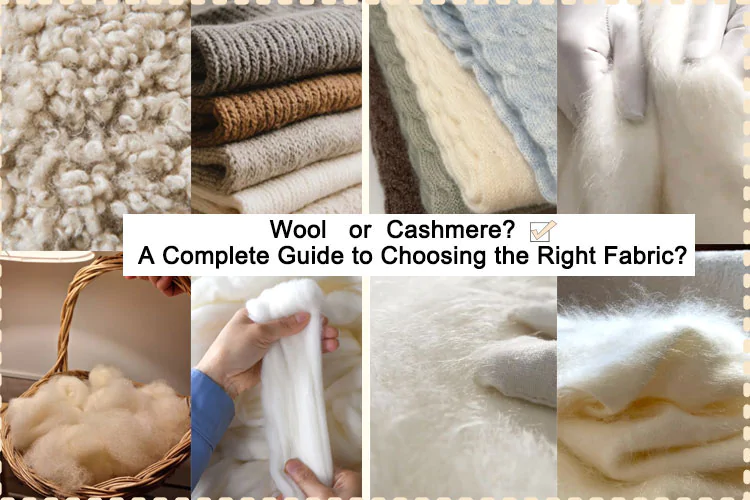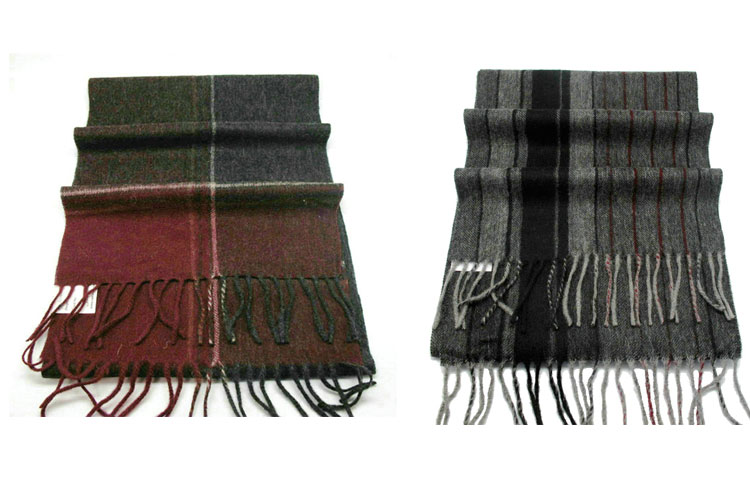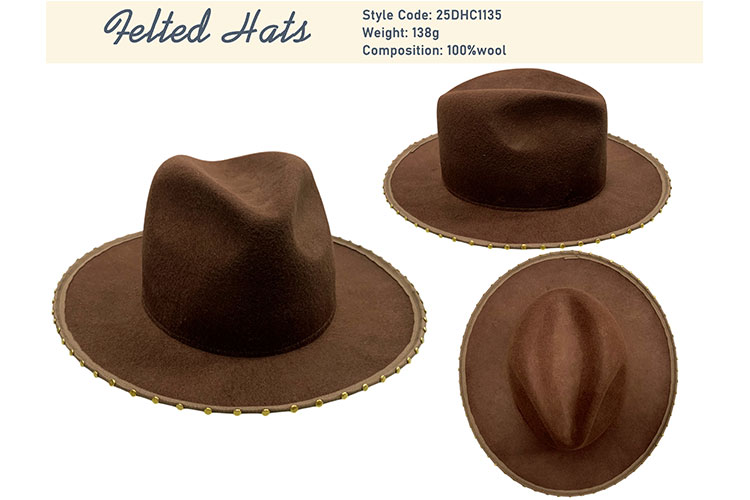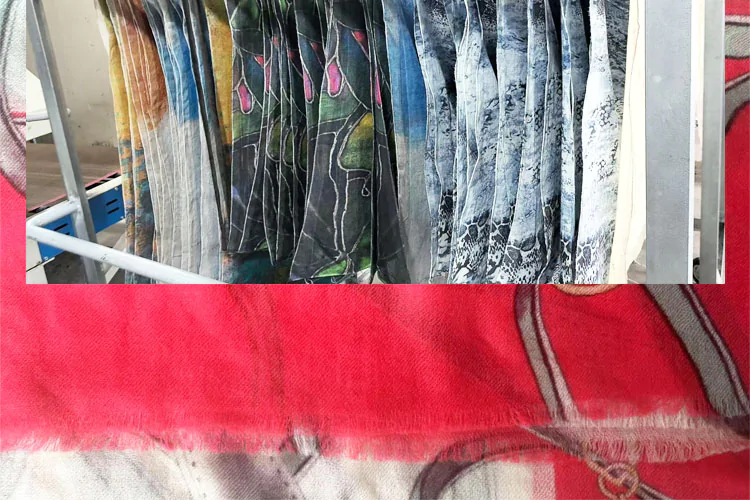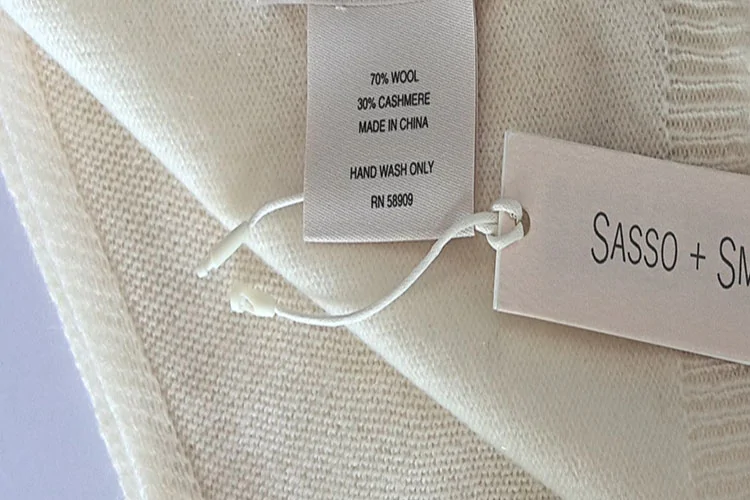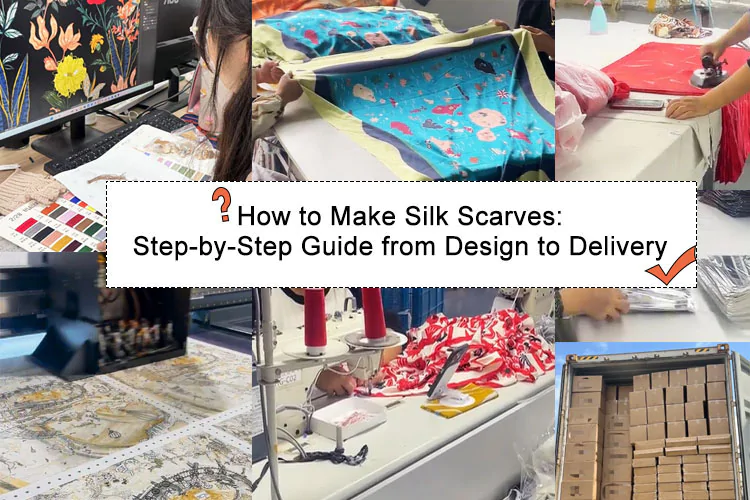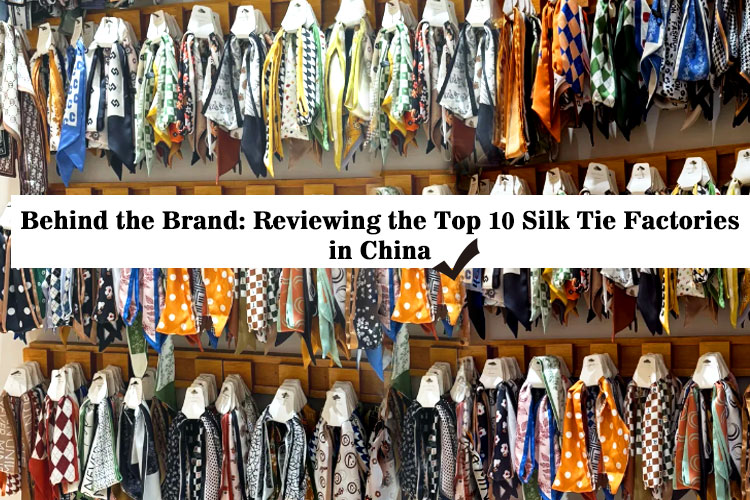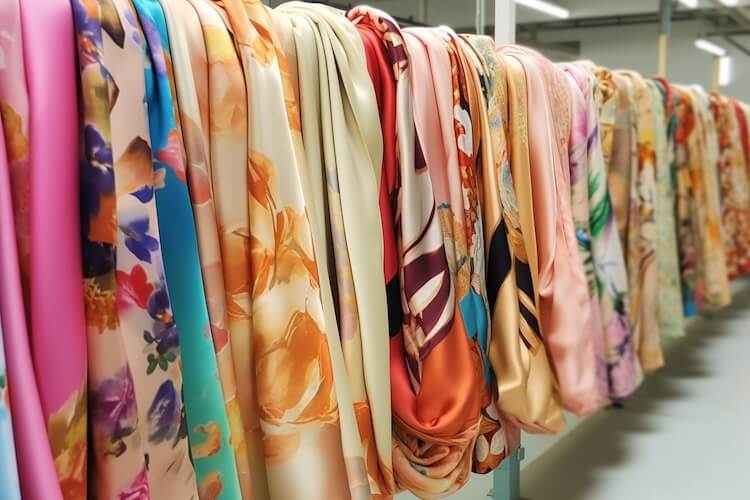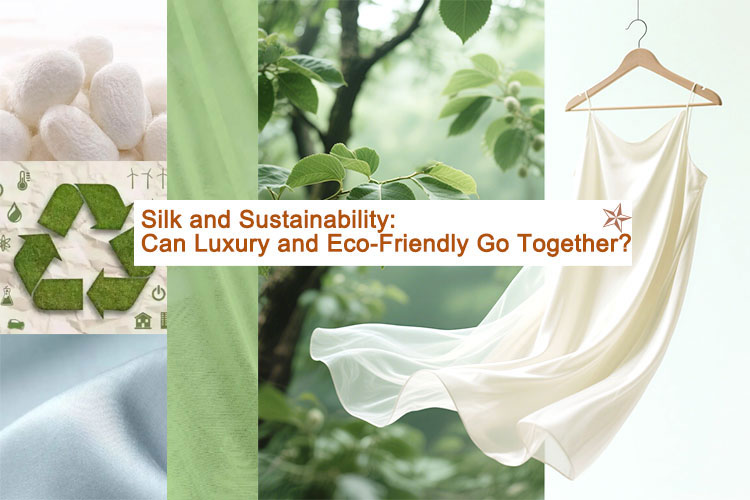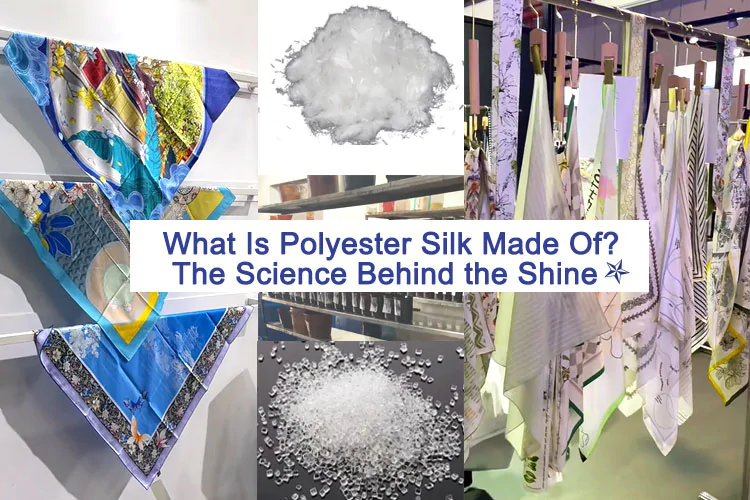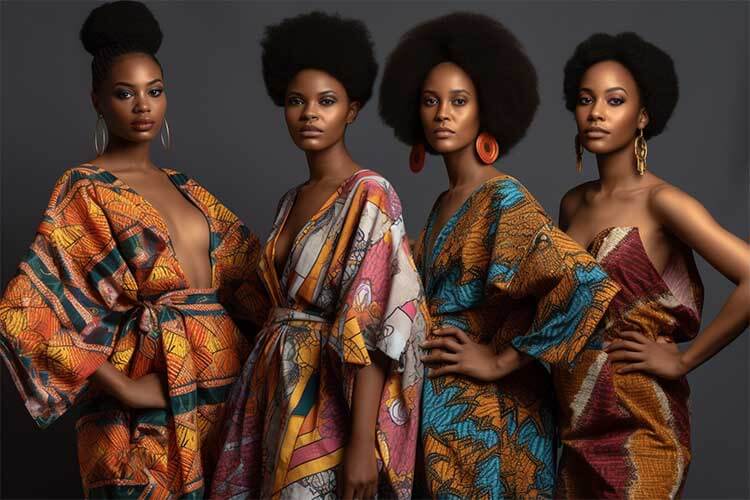Do you know difference between wool and cashmere?
If you’re in the fashion business and struggling to find difference between wool and cashmere for your next collection, you’re not alone. With increasing demand for high-quality knitwear and outerwear, making the right fabric decision is key to creating products that truly resonate with your audience. Let me help you navigate this choice confidently and clearly.
Wool is durable, affordable, and great for everyday wear. Cashmere is luxurious, soft, and lightweight—ideal for premium collections. The right choice depends on your brand positioning, customer expectations, and product purpose.
So which fabric should you pick—and What’s the difference between wool and cashmere? Let’s break it down for fashion brands, retailers, wholesalers, and sourcing agents.
What’s the difference between wool and cashmere ?
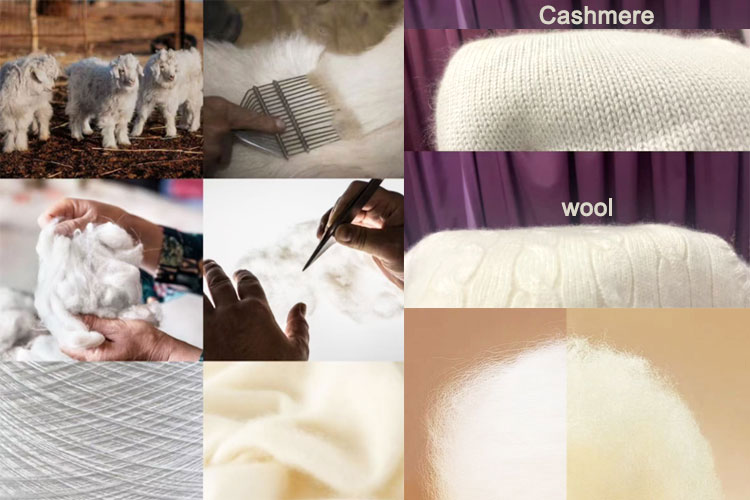
Wool is made from the fleece of sheep. It’s widely available and known for its versatility, warmth, and affordability. We source different types of wool, like Merino wool, which is finer and softer than regular wool. Learn more.
Cashmere, on the other hand, comes from the undercoat of Cashmere goats. It’s much softer and lighter, but also more expensive. This is because of its rarity—each goat produces only a few ounces per year.
How do wool and cashmere feel on the skin?
Cashmere wins when it comes to softness. It feels luxurious and smooth, making it a favorite for premium fashion lines. It’s also warmer than wool due to its insulation properties, even in lighter weights.
Wool can sometimes feel coarse, depending on the breed and weave. But high-quality wool like Merino wool or blended wool fabrics can be soft and comfortable too. It’s a solid pick for outerwear, sweaters, and scarves.
Which fabric is warmer?
Cashmere is up to 8 times warmer than traditional wool. That’s impressive for something so light and breathable. It’s perfect for layering pieces or lightweight cold-weather essentials. Read warmth comparison
Wool is also warm—especially when used in heavier weaves. It’s often the go-to for coats, capes, and ponchos where structure and insulation matter.
Which fabric is more durable?
Wool tends to be more durable than cashmere. It resists pilling and can withstand more wear and tear, making it ideal for everyday pieces.
Cashmere requires a bit more care. It’s delicate and more prone to pilling—which means it’s best suited for occasional wear or luxury collections.
Which is easier to care for?
🧼 Wool:
-
More durable and resistant to friction.
-
Can often be washed with gentle machine cycles (e.g. wool or delicate mode).
-
Slightly more tolerant of mild detergents.
-
Less prone to stretching out of shape if handled carefully.
🧼 Cashmere:
-
Much softer and more delicate.
-
Requires hand wash in cold water or dry cleaning.
-
Can easily pill or lose its shape if agitated too much.
-
Sensitive to even mild detergents and temperature changes.
What are the cost differences?
Cashmere is significantly more expensive than wool. A 100% cashmere piece can cost 3 to 5 times more than a wool counterpart. Compare average prices
For brands targeting premium markets, cashmere adds value and prestige. But for budget-conscious lines, wool is often the better bet. Blends (like wool-cashmere) offer a nice middle ground.
Which fabric is more sustainable?
This is a tricky one. Wool is renewable and biodegradable, but large-scale sheep farming raises concerns over land use and methane emissions.
Cashmere’s impact comes from overgrazing in Mongolia and China, which can lead to desertification. However, certified sustainable cashmere is becoming more available.
Which is best for which type of product?
Here’s what we’ve found works best from years of sourcing and production experience:
-
Wool: Coats, blazers, capes, ruanas, structured scarves, ponchos
-
Cashmere: Sweaters, luxury wraps, soft accessories, premium scarves
-
Wool-cashmere blend: A versatile option for mid-tier products
As always, it depends on your market. Are you serving budget fashion, mid-range retail, or luxury boutiques? We help you choose based on target audience, seasonality, and desired price point.
Which fabric should I choose for my brand?
If your customers value luxury and softness, go with cashmere. If they’re looking for functionality and value, wool is your best bet.
Want something that offers both? Try a wool-cashmere blend. It’s soft, durable, and cost-effective. Blended fabric performance data
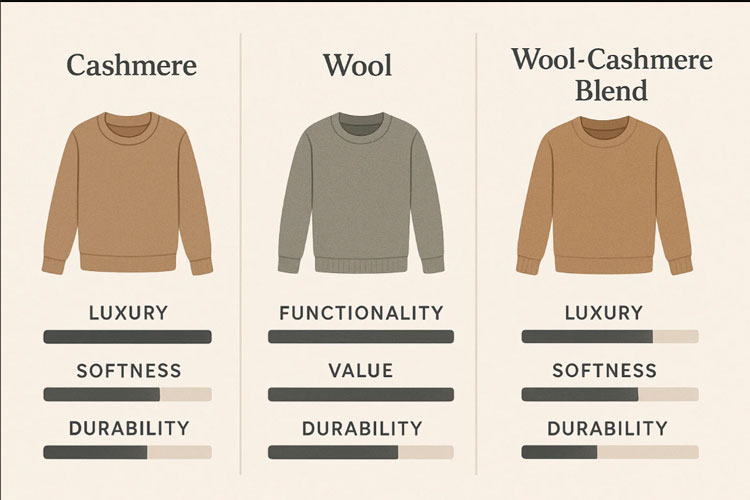
What do we recommend at Evelyn?
At Evelyn, we support brands at every step—from sourcing to design to QC. We’ve developed strong partnerships with ethical suppliers of both wool and cashmere. This allows us to offer the best options tailored to your needs.
Whether you’re designing a fall collection of outerwear or a winter capsule of luxury wraps, we help you choose the right fabric, the right mill, and the right blend.
Let’s create something that feels as good as it looks—and sells even better.
Conclusion
Both wool and cashmere have their strengths. At Evelyn, we help you choose what’s right for your brand and customers.

